Only logged in customers who have purchased this product may leave a review.
Products
- Home
- /
- Shop
- /
- By Grade
- /
- 6th-8th
- /
- Science
- /
- Branch of Science
- /
- Natural Science
- /
- Earth’s Layers – Geology Nomenclature Cards
Earth’s Layers – Geology Nomenclature Cards
$1.50
This resource, Earth’s Layers – Nomenclature Cards, will help your students learn the names of the layers of the Earth: upper mantle, lower mantle, outer core, inner core, and crust.
I’ve also included a set of blank cards for students to use and label themselves!
Related products
-
$3.00Buy Now
Studying the state of Delaware? Perhaps doing a unit on Ornithology? This project-based unit is designed to help students study and record information about Delaware’s state bird – the Blue Hen Chicken! To learn more, see details below or you can preview a similar product here.
-
$1.00Buy Now
Students learn best through hands-on learning. This solar eclipse activity has been designed to help students visualize a solar eclipse by creating a simple paper model of one.
-
$3.00Buy Now
Studying the state of Utah? Perhaps doing a unit on Ornithology? This project based unit is designed to help students study and record information about Utah’s state bird – the California Gull!
To learn more, see details below or you can preview the product here. -
$9.99Buy Now
250 pages – Major categories:
Energy & Change: Static Electricity, Electrical Systems, Series & Parallel Circuits, Visible Light, Solar System and Beyond, Looking into Space
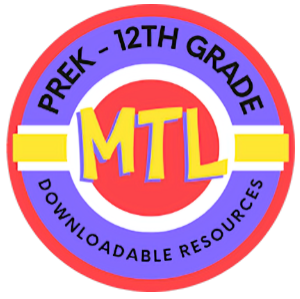

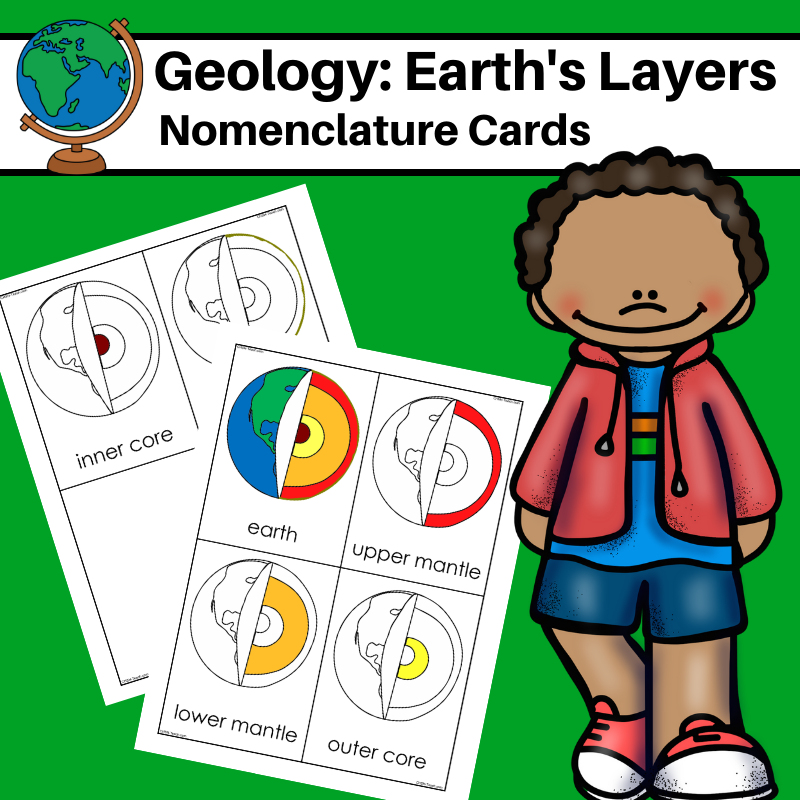
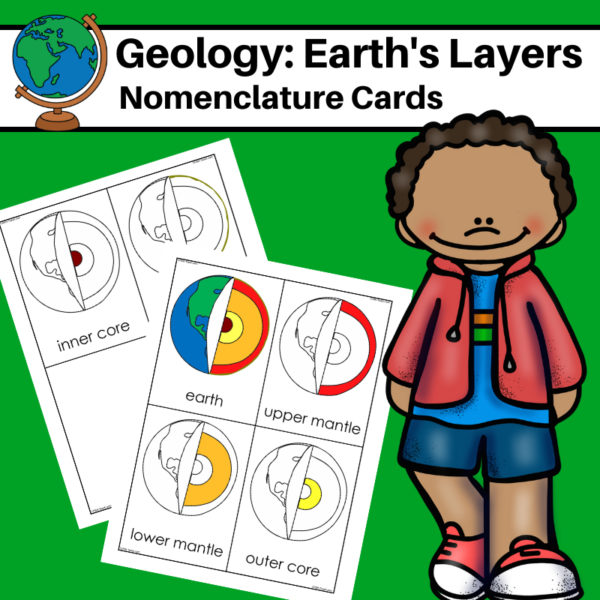

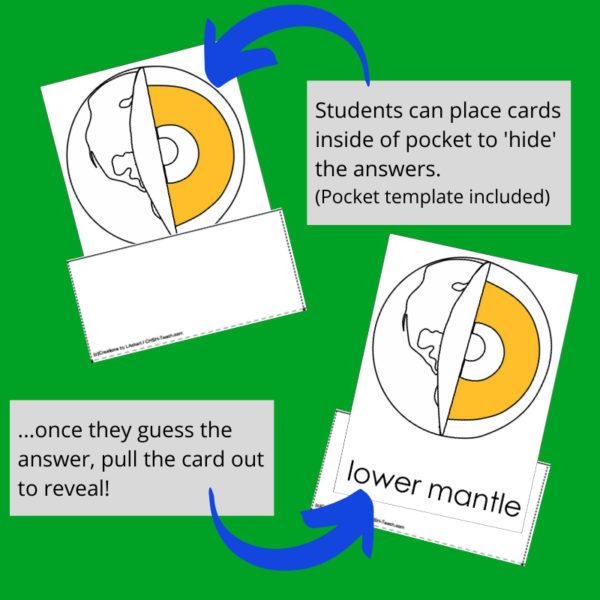
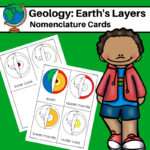
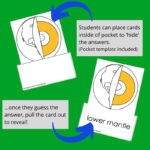
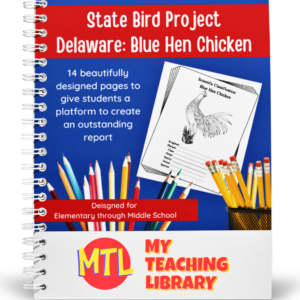
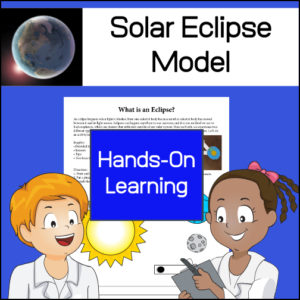
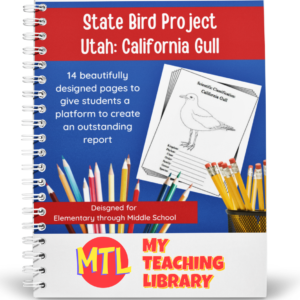
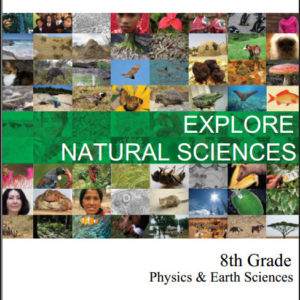
Reviews
There are no reviews yet.